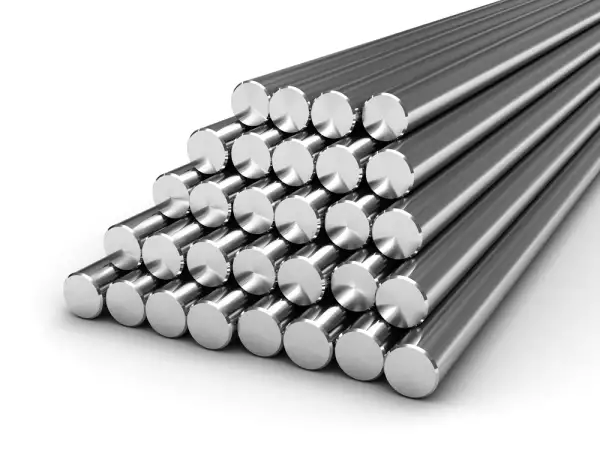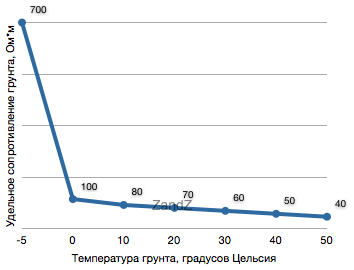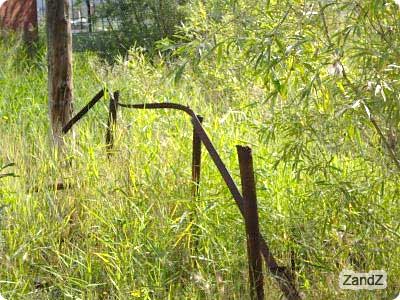It is known that with the of the decrease temperature - the soil resistivity increases. So for clay loam at 10 ° C it does not exceed 100 Ohm * m, but at a temperature of -10 ° C it can reach up to 500 - 1000 Ohm * m.
Relation of soil resistivity (clay loam) to its temperature (data from the IEEE Std 142-1991):
This chart clearly shows that at a temperature below zero, the ground dramatically increases its resistivity, which is connected with the transition of water into another aggregate state (from liquid to solid) - the processes of transmission of charges by the salt ions and acid / alkaline residuals almost stop.
For the frozen ground, the temperature of which is ALWAYS -5 -3 ° C, resistivity of 10-50 thousand ohm * m is indicative.
To achieve the required earth resistance in such conditions - it is necessary to mount a number of grounding electrodes ten times more than the number of electrodes required in the normal ground. That is, not 4 - 6 electrodes, but 40 - 60. But that is often impossible.
Beside extremely high resistivity, for permafrost soil is characterized by such a property as "ejection" of any foreign objects. That is the ground conductor mounted in the area of permafrost will be ejected out of this zone in some time (in a few years).
It practically looks like the rise of the ground electrode out of the ground.
The photo shows electrodes 2 meters deep with a welded connecting conductor. The height above the ground level is about 80-90 cm. Prior to that (2-3 years ago), the whole construction was at the depth of 0.5 meters BELOW the ground level.
Summer 2007, Yakutsk. The depth of the zone of permafrost fire-setting = 1.5 - 2 meters. The depth of the permafrost zone = up to 2 km below the ground level.
The main method of grounding in permafrost
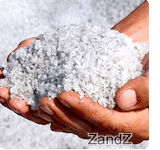
Considering the complexities of grounding in permafrost, the following decision is used to organize a grounding electrode - soil salinization.
It is adding of such a volume of ordinary sodium salt NaCl, which allows to reduce the soil resistivity around the electrodes to the required level.
Disadvantages of this solution:
- Salt causes a very severe corrosion of the electrode material (usually steel). Therefore, these electrodes serve not more than 2-5 years.
- Salt leaching from the soil with moisture in the spring and after rains, lowering the electrolyte concentration in the ground,reduces the effective electrode performance up to 1-2 years.
With the development of technologies and materials, it became possible to overcome the two disadvantages of salinization at the development of electrolytic grounding ZANDZ.
Additional method
Besides salinization, such a complex and expensive technique as soil replacement is sometimes used for grounding in permafrost. It is carried out by removing the natural soil and filling the resulting volume by the other ground, having low resistivity (see Table soil resistivity). Due to the low initial resistance such ground won't increase its resistivity too much when freezing and conventional ground conductors , placed in it, will give the required earthing resistance any time of the year.
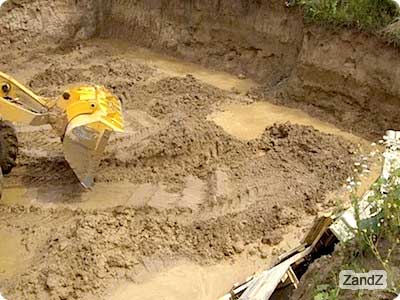
Due to the need to replace a significant amount of soil and great distance between the objects (in most cases) - the cost of such operations is very high. And because of the need to move large amounts of soil - works can be impossible.
Modern technological solution
For reliable and high-quality grounding in permafrost soils it is recommended to use ready-made kits of electrolytic grounding ZANDZ.
Related Articles:
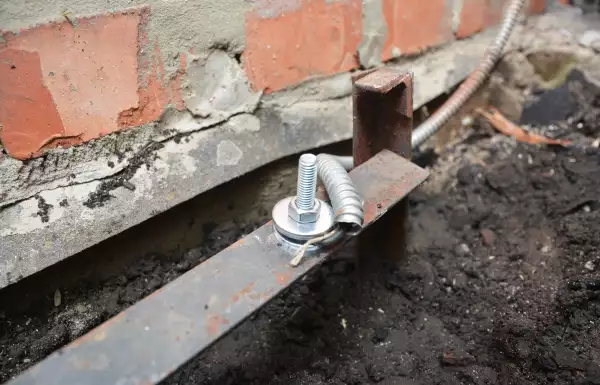 Why Cannot Vertical Earthing Devices Be Installed Close to Each Other?
Why Cannot Vertical Earthing Devices Be Installed Close to Each Other?
 Electrolytic Grounding in Permafrost Soils: Should Vertical of Horizontal Electrodes Be Used?
Electrolytic Grounding in Permafrost Soils: Should Vertical of Horizontal Electrodes Be Used?

